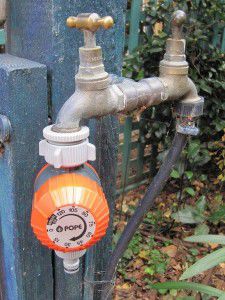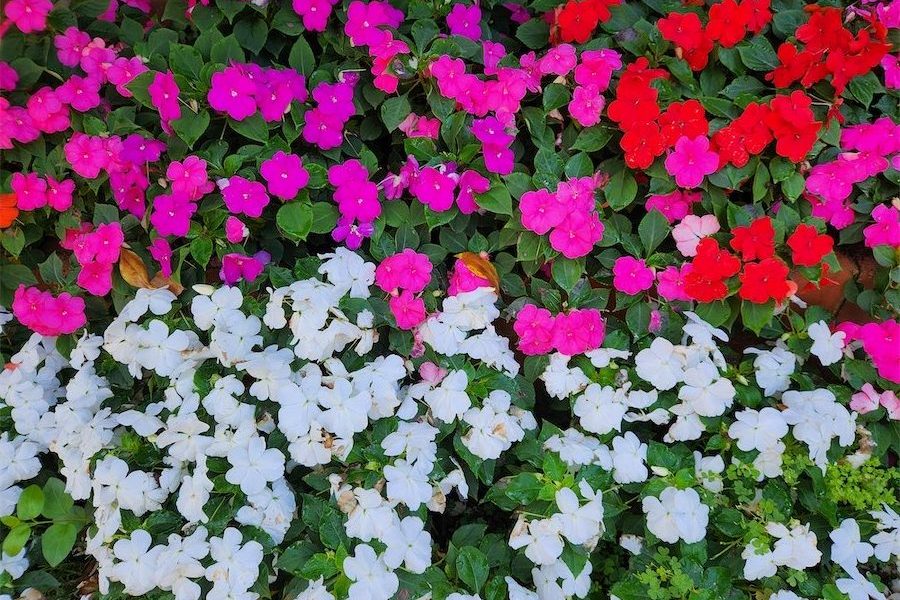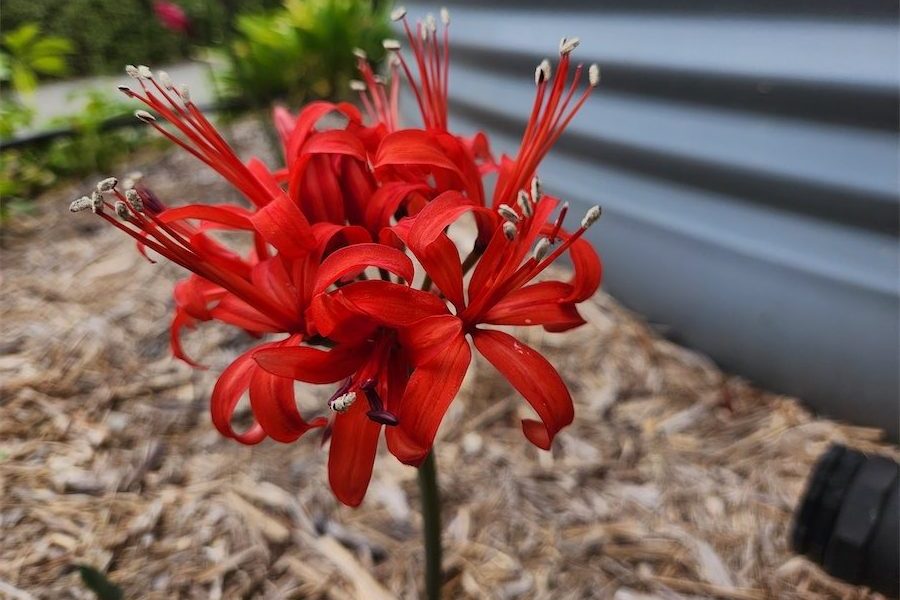ONE vital aspect of winter gardening is not to neglect watering.
When the ground is covered in frost or a thick fog it is natural to think that watering is not necessary. Nothing is further from the truth.
Frost can draw moisture from the soil and, unless we receive regular winter rain, plants will suffer. The exceptions, to a certain extent, are the deciduous trees and shrubs that are dormant in winter with no rising sap needing moisture.
The first indication of lack of soil moisture is when leaf tips start to brown, indicating insufficient moisture is getting to the extremities of the plant. This is equally applicable in summer. If sufficient moisture is not quickly applied, the whole leaf will turn brown and by that time it is too late.

According to one of Australia’s principal Dutch bulb growers (and if anyone knows about bulb culture, it is the Dutch), tulips – or for that matter any bulbs stored in the crisper – can be affected by ethylene gas put out by fruit, especially bananas, near them.
This can result in poor flowering or even no flowers at all. Then, possibly, the poor, old garden centre cops the blame for selling inferior bulbs! Simply store the bulbs in a cool spot until the ground has a couple of frosts.
DURING frosty mornings, due to arrive at any time, I suggest you apply a fine spray of water to camellias and other late autumn and winter-flowering shrubs in the early morning.

APPLY the last feeding of plants for autumn now. I specifically recommend the organic liquid Maxicrop Seaweed Plant Food. Firstly, this will penetrate the soil and get to the roots quicker than chemical granular fertilisers. The latter relies on regular rainfall to dissolve them – though often, of late, storm rain washes the granules away from the plant.
Secondly, seaweed plant food reduces the effect of frost on plants. No further feeding will be necessary until spring with the exception of newly planted trees or shrubs. Water these in with a seaweed solution to encourage new, strong root growth and eliminate any air pockets around the root zone.
OF special mention this week is Iris unguicularis (syn. Iris stylosa), the winter flowering iris. Usually this iris is not grown to its full potential as the flowers and buds are hidden in a mass of thick, grass-like foliage. Or they are attacked by snails or slugs.

As the mornings chill…
- Plant berry and currant plants. Plant blackcurrants lower in the soil than the level in the pot in which they are grown. This produces more vigorous fruitful stems.
- Prune autumn raspberries, cutting all canes to ground level.
- Cut back summer-flowering clematis which flower on current year’s growth. Cut to the lowest pair of buds about 30cm above ground level.
Who can be trusted?
In a world of spin and confusion, there’s never been a more important time to support independent journalism in Canberra.
If you trust our work online and want to enforce the power of independent voices, I invite you to make a small contribution.
Every dollar of support is invested back into our journalism to help keep citynews.com.au strong and free.
Thank you,
Ian Meikle, editor




Leave a Reply